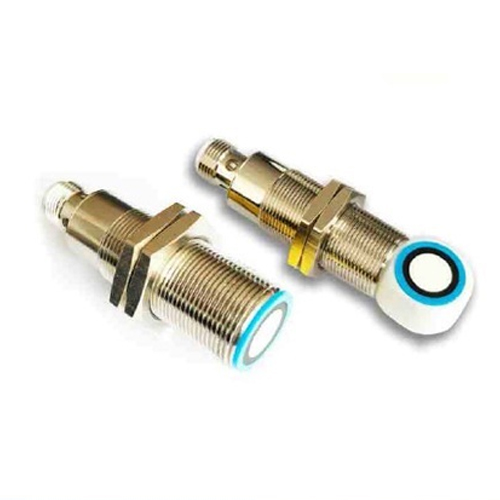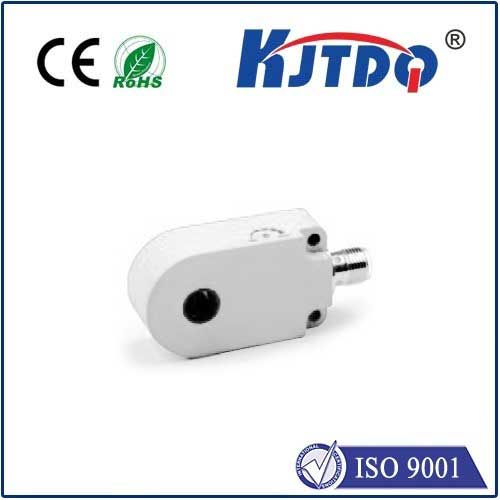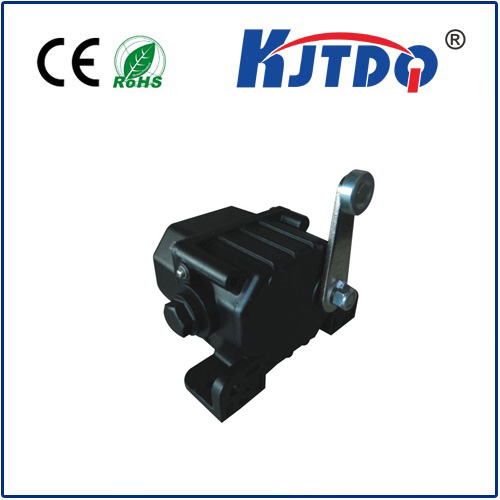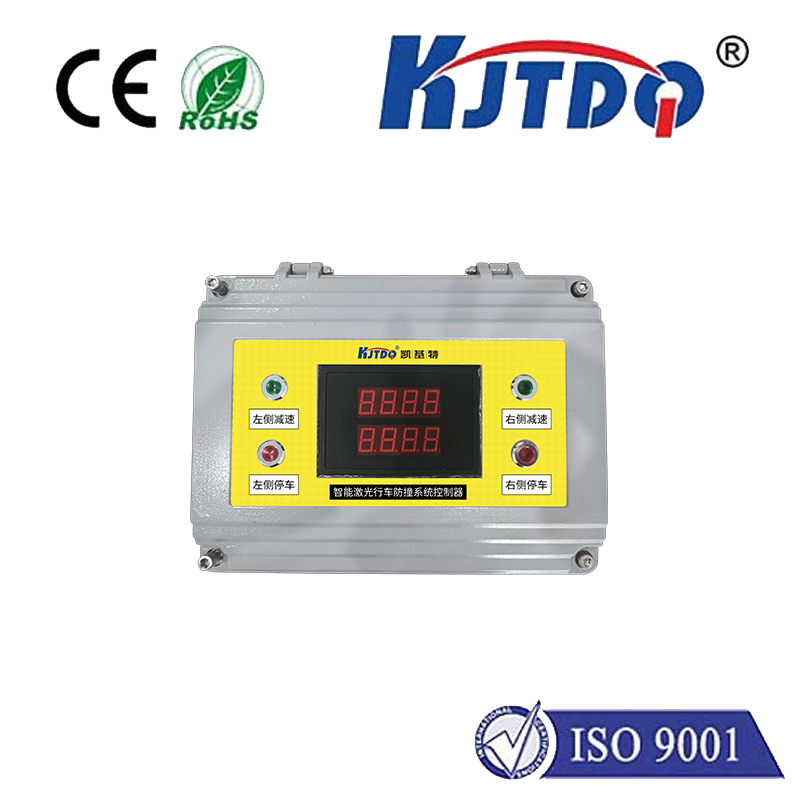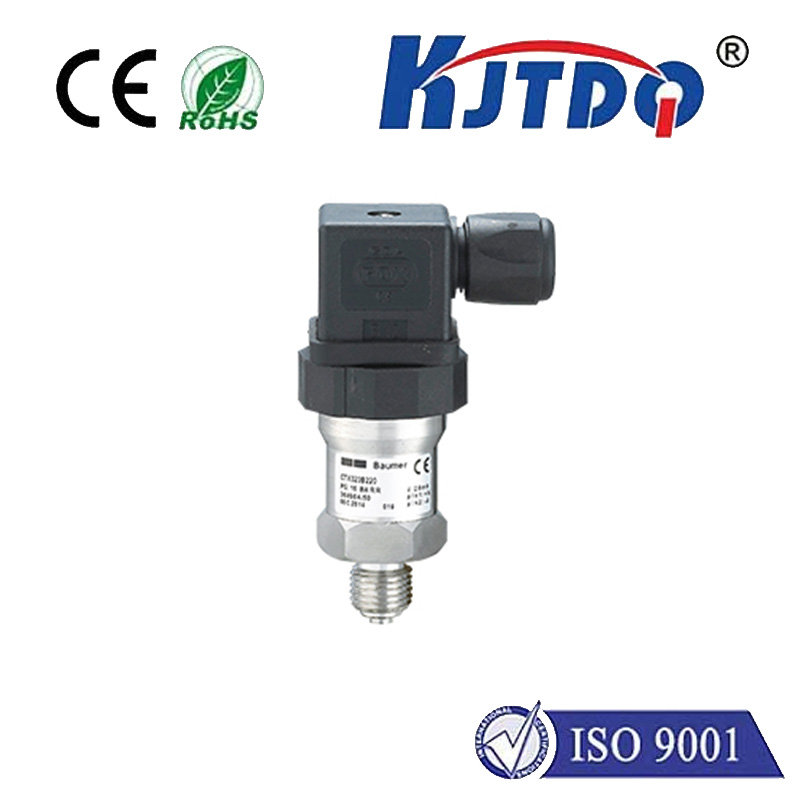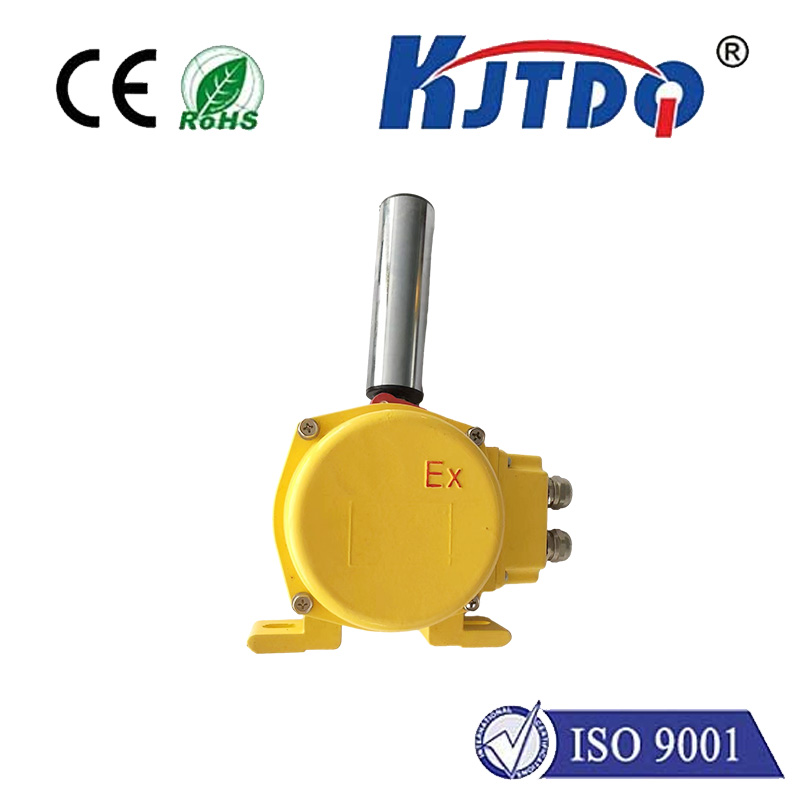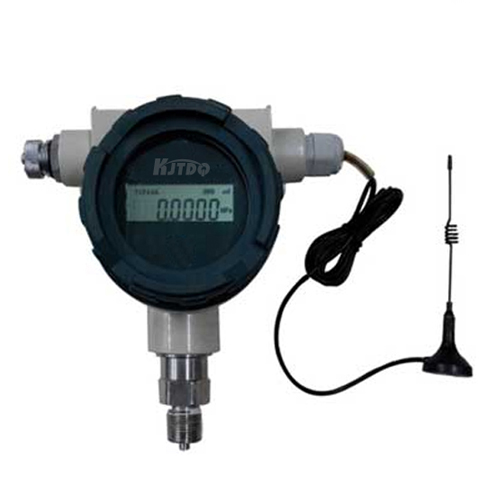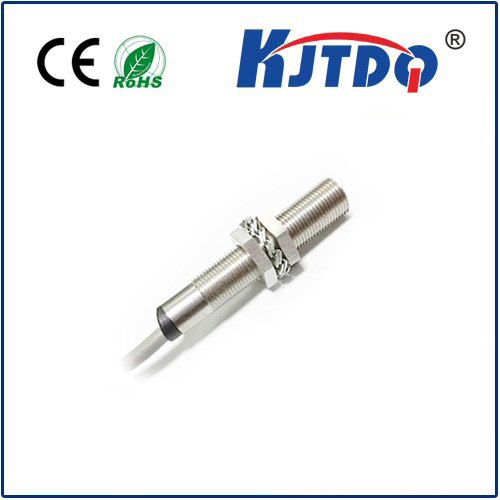2mm proximity sensor switch
- time:2025-09-08 11:38:14
- Click:0
The Unseen Enabler: Why Precision Thrives with 2mm Proximity Sensor Switches
Imagine a world where machines constantly collide with objects, components get crushed during handling, or intricate assembly lines grind to a halt because a tiny part wasn’t perfectly positioned. Sounds inefficient, costly, and frankly, avoidable. This is precisely the chaos that proximity sensor switches, particularly those with a 2mm detection range, masterfully prevent. These unassuming devices are the silent sentinels of modern automation, robotics, and countless precision applications, ensuring operations run smoothly and reliably without physical contact. Their ability to detect minute objects at very close range makes them indispensable in environments demanding millimeter-level accuracy.
Understanding the 2mm Proximity Sensor Switch
At its core, a proximity sensor switch is a solid-state electronic device designed to detect the presence or absence of an object within its sensing field without physical contact. The “2mm” specification refers to its nominal sensing range – the maximum distance at which it can reliably detect a standard target. This relatively short range is a deliberate design choice, not a limitation, signifying its application in scenarios requiring high precision and tight tolerances.
The most common types operating effectively at 2mm ranges are inductive proximity sensors. These work on the principle of electromagnetic induction. Inside the sensor, an oscillator generates a high-frequency electromagnetic field emanating from the active face. When a metallic target (like steel, aluminum, brass, or copper) enters this field, it induces eddy currents within the target. This absorption of energy dampens the oscillator’s amplitude. An integrated circuit monitors this amplitude change and triggers a solid-state switch output (like NPN or PNP transistor switching) when the damping reaches a threshold, indicating the target is within the 2mm range.

Why 2mm? The Advantages of Close-Range Detection
A 2mm sensing range offers distinct benefits crucial for many applications:
- High Precision and Accuracy: The short range minimizes the “dead zone” close to the sensor face and reduces the potential for sensing unintended objects beyond the immediate target area. This is vital for tasks like detecting small components, verifying the precise position of a part in a fixture, or ensuring a robotic gripper has correctly grasped an item.
- Reduced Interference: In crowded environments with multiple sensors or metallic structures, a shorter sensing range significantly lowers the risk of cross-talk or false triggering from nearby non-target objects. The sensor effectively “ignores” anything outside its designated 2mm bubble.
- Compact Design: Achieving reliable detection at such close distances allows for physically smaller sensor housings. This compactness is essential for integration into space-constrained machinery, robotic end-effectors, or miniature automated systems.
- Edge Detection and Positioning: The 2mm range is excellent for detecting the edge of an object with high repeatability. This is fundamental for applications like web guiding, precise cutting, registration mark detection, or verifying that a component is flush against a stop.
- Reliable Operation in Tight Spaces: Applications where parts move within very confined areas benefit immensely. A 2mm sensor can be mounted close to the target path without risk of collision, ensuring detection occurs exactly where needed.
Unlocking Potential: Key Applications
The unique capabilities of 2mm proximity sensor switches make them the go-to solution in demanding environments:
- Manufacturing & Assembly Lines: Verifying the presence of tiny screws, springs, or electronic components; detecting the end position of pneumatic cylinders within the cylinder body; checking for small metal parts in bins; ensuring proper seating of parts in fixtures or pallets.
- Robotics & Automation: Precise end-effector position confirmation; detecting workpiece presence in grippers; verifying tool changes on robotic arms; collision avoidance at critical points; counting small metallic parts moving on conveyors at close proximity.
- Packaging Machinery: Detecting thin metal foils, seals, or clippings; verifying the position of lids or caps; monitoring fill levels of metal containers by detecting the plunger position at very close range; checking for missing components in blister packs.
- Machine Tools: Tool breakage detection (monitoring if a bit is still present); confirming chuck closure; monitoring slide positions on CNC machines with minimal clearance; detecting workpiece clamping.
- Material Handling: Verifying the position of metal pallets or carriers on conveyors; detecting the presence of metal slugs or blanks in feeders; ensuring elevator platforms or lifts are precisely positioned.
- Access & Security: Used discreetly for hidden door position sensing or tamper detection where a small metallic actuator moves within 2mm of the sensor.
Selecting the Right 2mm Proximity Sensor
Choosing the optimal sensor involves more than just the sensing range:
- Sensor Type: Inductive is the standard for metallic targets. For non-metallic targets at 2mm, capacitive proximity sensors might be considered, though their characteristics differ.
- Target Material: Inductive sensors react differently to various metals. Ferrous materials (like iron, steel) are detected at the nominal range (2mm). Non-ferrous metals (aluminum, brass, copper) typically have a reduced sensing range, sometimes specified as a percentage (e.g., ~1.2mm for Al). Always check the sensor datasheet.
- Output Configuration: NPN (sinking) or PNP (sourcing)? NO (Normally Open) or NC (Normally Closed)? Match this to your control system’s input requirements.
- Housing Material & Shape: Shielded sensors have a flush-mount capability but a slightly shorter range than unshielded types. Barrel-style (cylindrical) is common, but rectangular, block, or specialized shapes exist. Material (often nickel-plated brass or stainless steel) must suit the environment (chemicals, washdown, impact).
- Environmental Factors: Consider temperature extremes, potential exposure to coolants, oils, dust, or moisture (look at IP ratings like IP67). High temperatures can temporarily reduce sensing range.
- Electrical Specifications: Operating voltage (commonly 10-30V DC), current rating of the output, and connection method (cable or connector).
The Unsung Hero of Precision
In the intricate dance of modern machinery and automation, the 2mm proximity sensor switch plays a critical, albeit often invisible, role. Its ability to provide non-contact, highly reliable, and ultra-precise detection of metallic objects within a confined space contributes significantly to increased efficiency, reduced downtime, enhanced safety, and improved product quality. By mastering the nuances of magnetic fields at millimeter scales, these compact sensors deliver robust feedback exactly where and when it’s needed most. From ensuring a tiny component is present before assembly begins to guaranteeing a robotic arm stops precisely at its programmed point, the 2mm proximity sensor is a fundamental enabler of the precision our technological world increasingly demands. Understanding their principles and applications empowers engineers and technicians to utilize these versatile components effectively, unlocking smoother operation and greater reliability in countless systems.






